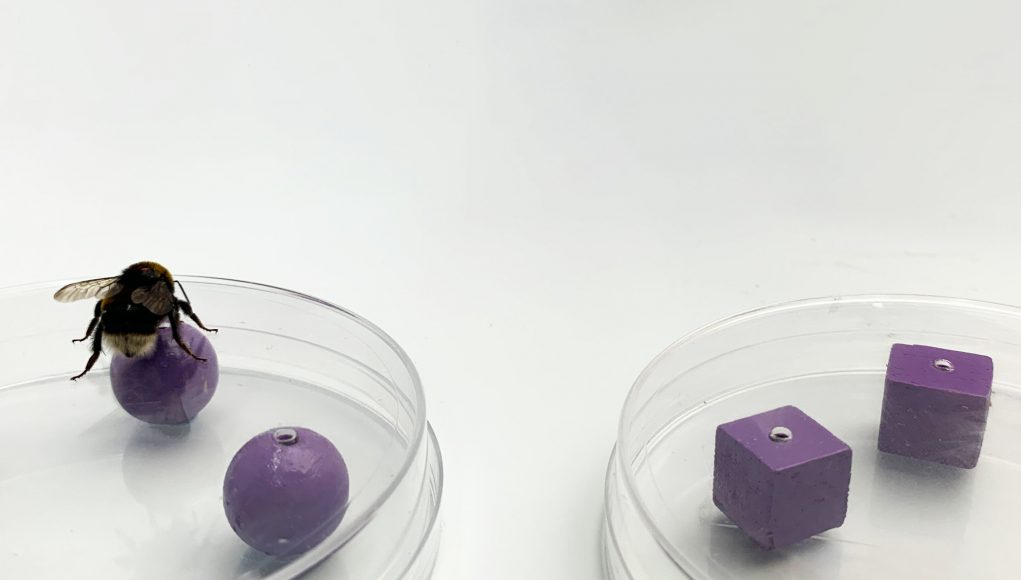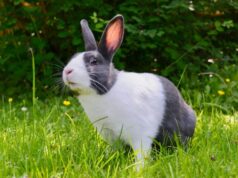How are we able to find things in the dark? And how can we imagine how something feels just by looking at it?
It is because our brain is able to store information in such a way that it can be retrieved by different senses. This multi-sensory integration allows us to form mental images of the world and underpins our conscious awareness.
It turns out that the ability to recognise objects across different senses is present in the tiny brains of an insect.
Researchers at Queen Mary University of London and Macquarie University in Sydney have published new work in the journal Science showing that bumblebees can also find objects in the dark they’ve only seen before.
In the light, but barred from touching the objects, bumblebees were trained to find rewarding sugar water in one type of object (cubes or spheres) and bitter quinine solution in the other shape.
Find your dream job in the space industry. Check our Space Job Board »
When tested in the dark, bees preferred the object that was previously rewarding, spending more time exploring them.
Bumblebees also solved the task the other way around. After bees learned to find a particular shape in the dark, they were tested in the light and again preferred the shape they had learned was rewarding by touch alone.
This ability is called cross-modal recognition and it allows us to perceive a complete picture of the world with rich representations.
Dr. Cwyn Solvi is the lead author on the paper who was based at Queen Mary University of London and is now at Macquarie University in Sydney. She said: “The results of our study show that bumblebees don’t process their senses as separate channels—they come together as some sort of unified representation.”
Professor Lars Chittka, head of the lab at Queen Mary University of London in which the study was performed, said: “We’ve long known that bees can remember the shapes of flowers. But a smartphone can recognise your face, for example, and does so without any form of awareness. Our new work indicates that something is going on inside the mind of bees that is wholly different from a machine—that bees can conjure up mental images of shapes.”
Selene Gutierrez Al-Khudhairy, co-author on the paper, and now Ph.D. student at the University of York, said: “This is an amazing feat when you consider the miniscule size of a bee’s brain. Future investigations of the neural circuitry underlying this ability in bees may one day help reveal how our own brains imagine the world as we do.”
Dr. Solvi cautions: “This doesn’t mean bees experience the world the same way we do, but it does show there is more going on in their heads than we have ever given them credit for.”
Provided by: Queen Mary, University of London
More information: C. Solvi et al. Bumble bees display cross-modal object recognition between visual and tactile senses. Science (2020). science.sciencemag.org/cgi/doi … 1126/science.aay8064
G. von der Emde et al. Cross-modal sensory transfer: Bees do it. Science (2020). science.sciencemag.org/cgi/doi … 1126/science.aba8519
Image: A bee learning to associate a reward with a specific shape (a sphere) in a ‘look but don’t touch situation’ in the light. A lid prevented bees from feeling the shape.
Credit: Lars Chittka











